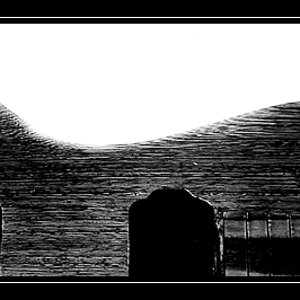Actor
TPF Noob!
- Joined
- Mar 4, 2007
- Messages
- 421
- Reaction score
- 1
- Location
- Ohio
- Can others edit my Photos
- Photos NOT OK to edit
In my reading lately I've come across a reference to a film call Dia-Direct, a product of the Agfa company. The references are only a couple of lines, but apparently Dia-Direct was marketed as a "direct to positive" slide film. Looking into the matter I've found that Agfa was acquired by a company called Scala which is apparently defunct.
To me the phrase "direct to positive" implies that you would get a positive image through a "develop and fix" process rather the "develop, bleach, re-expose, develop, fix" process usually used to get a transparency from B&W film, but i wonder if this is so. Dia-Direct was sold with processing by Agfa included and I suspect the longer process was used.
The holy grail of early photography researchers was a photo sensitive chemical which would brighten instead of darken when exposed to light. If Agfa had discovered such a thing I'd think it would have gotten more press.
To me the phrase "direct to positive" implies that you would get a positive image through a "develop and fix" process rather the "develop, bleach, re-expose, develop, fix" process usually used to get a transparency from B&W film, but i wonder if this is so. Dia-Direct was sold with processing by Agfa included and I suspect the longer process was used.
The holy grail of early photography researchers was a photo sensitive chemical which would brighten instead of darken when exposed to light. If Agfa had discovered such a thing I'd think it would have gotten more press.













